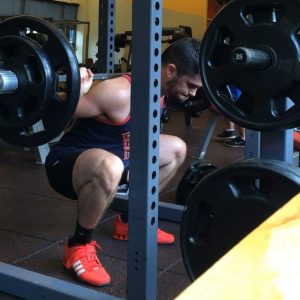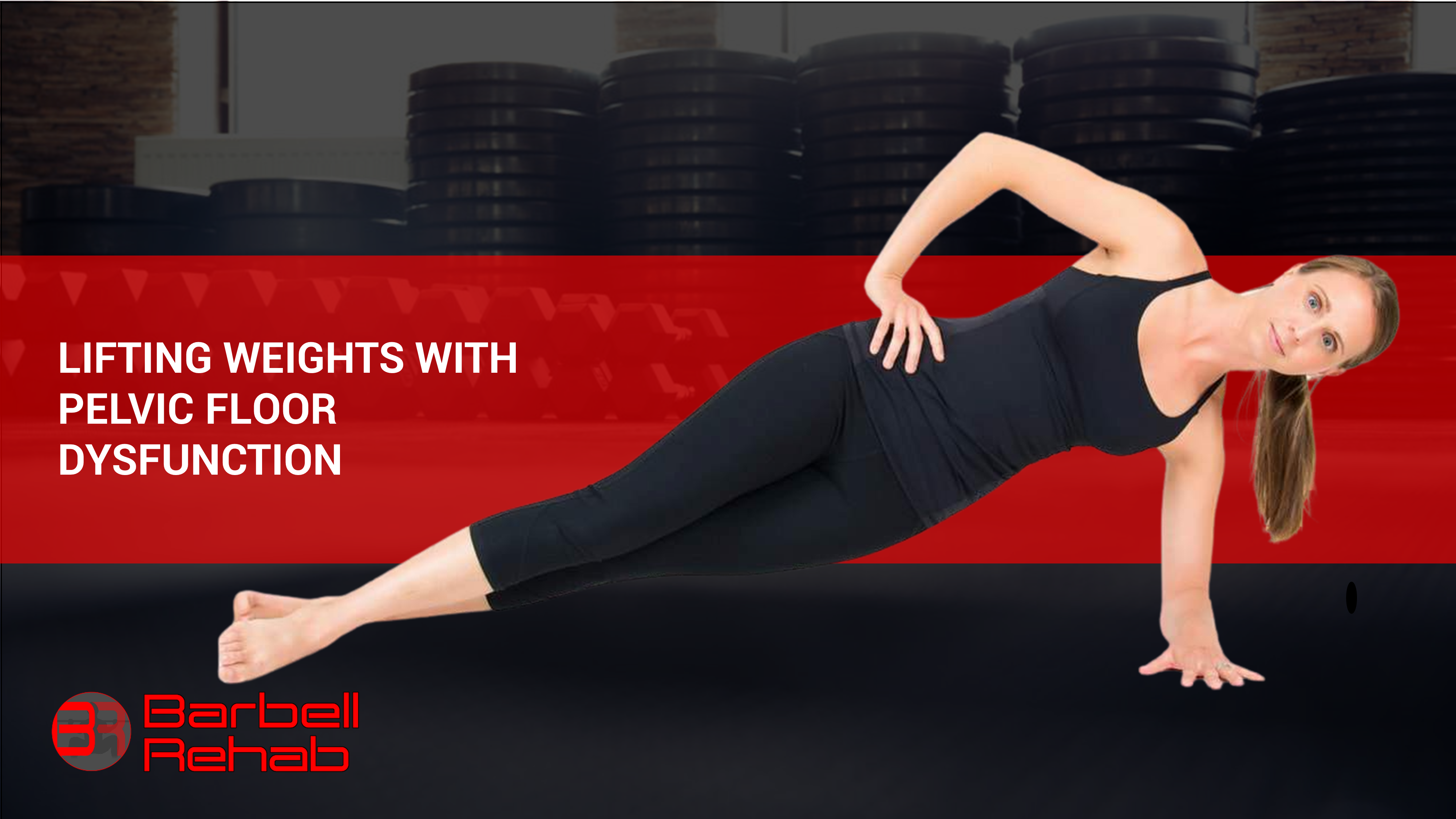"Prehab is a proactive approach to avoiding pain and injury. You’ll build strength and stability around your most vulnerable areas, while improving mobility, balance and joint function to decrease the potential for injuries."
Sadly, what "prehab" ends up turning into in many cases, is the application of very specific, purposeful isolation exercises to preferentially target "weak links" in the chain. Suddenly we think that training on a bosu ball reduces the risk of spraining your ankle or obtaining a knee injury. (HINT...it probably doesn't)
Here's the truth. Instead of performing an endless amount of low-load isolation "prehab" exercises, what better way to "reduce the risk" of injury (we can't actually AVOID injury) than by building as much strength and hypertrophy as possible? Maybe strength training IS prehab!
The Fallacy of Prehab Exercises
As a physical therapist and strength coach, I am all for any exercise that will reduce the risk of injury in both my patients and clients. Why else would you be in the field?
Here's the problem. The typical "prehab" exercises that you routinely see floating around the internet are rarely of enough intensity to promote true structural adaptation.
 |
| Actual "effective" prehab...a loaded barbell squat |
We are Resilient Organisms
Do you REALLY think performing unloaded hip mobility drills are enough to "bulletproof" your lumbar spine against injury...I doubt it. How could it? In order to promote tissue adaptation and resiliency we need load, and the most effective way to load is to utilize the most muscle mass, over the longest range of motion, with the most amount of weight.
Does this mean I don't use hip or other mobility drills? Absolutely not... they certainly serve a purpose. I just don't claim they're actually causing any true tissue change (more on this later!).
MAYBE...JUST MAYBE what you need to do is stop fiddling around in the gym and just get stronger. Intelligently and progressively loading exercises such as the squat, deadlift, and press is the most efficient way to promote true tissue adaptation.
And guess what? Although getting brutally strong may NOT reduce your risk of having pain at some point in your life, it sure as hell is the best way to increase tissue quality and resiliency to ACTUALLY reduce the risk of a mechanical injury.
Conclusion
This is a public service announcement to my colleagues and friends in both the rehabilitation and fitness industry:
Why are you wasting your time devising "wacky" and "innovative" insufficiently-loaded exercises with the promise that they will "bulletproof" your clients or patients against injury?
Nothing can "prevent" injury. The only way you can truly reduce the risk of true mechanical injury is by making the tissues more resilient...by actually loading them in a progressive and intelligent manner.
Cut out the fluff and find someone qualified to teach you how to squat, deadlift, and press. Don't get me wrong...I love the idea of "prehab," who wouldn't? Just make sure you're doing it right by getting stronger at the basic movements!





